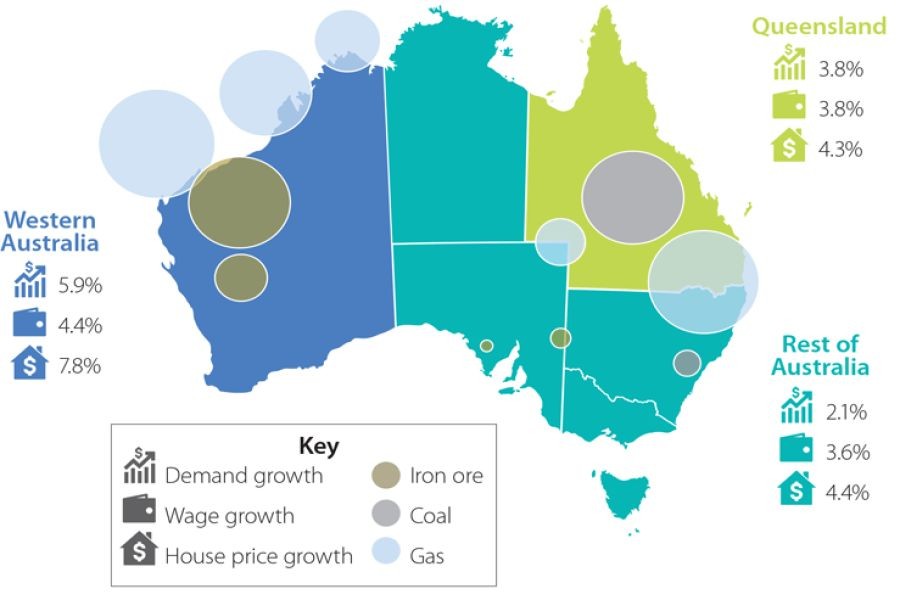Australia's unique biodiversity is both a treasure and a responsibility. The continent is home to a myriad of unique species that aren't found anywhere else in the world. However, this diversity faces significant threats from natural disasters, particularly bushfires and floods. Both phenomena can have devastating impacts on wildlife, but which poses a greater threat? To address this question, we must delve into the intricacies of each disaster, supported by data, expert insights, and case studies.
Understanding the Impact of Bushfires on Wildlife
Bushfires are a well-known threat to Australia's environment and wildlife. The 2019-2020 Black Summer bushfires are a stark reminder of their devastating impact. According to the Australian Bureau of Statistics (ABS), these fires burned over 18 million hectares of land, affecting thousands of animal species.
Pros of Bushfire Impact
- Ecological Reset: Fires can act as a natural reset for some ecosystems, promoting new plant growth and providing food for herbivores.
- Species Adaptation: Many Australian species have evolved to survive periodic fires, such as the fire-adapted Eucalyptus trees.
Cons of Bushfire Impact
- Immediate Loss of Life: The direct and immediate loss of animal life is significant, with millions of animals perishing in large-scale fires.
- Habitat Destruction: Fires destroy habitats, leading to long-term challenges for species that rely on specific environments.
- Disruption of Ecosystems: The balance of ecosystems can be disrupted, affecting predator-prey relationships and resource availability.
According to a report by the World Wildlife Fund (WWF), the 2019-2020 bushfires may have directly or indirectly impacted nearly 3 billion animals. This highlights the severity of bushfires on Australia's unique wildlife.
Examining the Effects of Floods on Wildlife
Floods, while less frequent than bushfires, also pose significant risks to wildlife. They can alter landscapes, drown terrestrial animals, and cause long-term ecological changes.
Pros of Flood Impact
- Habitat Renewal: Floodwaters can rejuvenate wetlands and floodplains, providing rich habitats for aquatic and semi-aquatic species.
- Increased Biodiversity: Floods can create new habitats and expand the range for some species, enhancing biodiversity.
Cons of Flood Impact
- Immediate Threats to Terrestrial Animals: Many terrestrial species are at risk of drowning or losing their habitats during floods.
- Water Pollution: Floods can lead to water pollution, affecting aquatic life and contaminating drinking sources for land animals.
- Displacement: Animals may be forced to relocate, leading to increased competition for resources in unaffected areas.
In 2011, Queensland experienced one of its worst floods, impacting numerous ecosystems and causing extensive damage to wildlife habitats. According to the Queensland Government, this event highlighted the vulnerability of terrestrial species to flooding.
Case Study: The Black Summer Bushfires
Problem: During the 2019-2020 Black Summer, Australia faced unprecedented bushfires. The fires destroyed vast areas of habitat, threatening numerous wildlife species.
Action: Conservation efforts were quickly mobilized, including the rescue and rehabilitation of injured wildlife. Authorities implemented fire management strategies to prevent future catastrophic events.
Result: While the immediate impact was devastating, long-term conservation strategies were put in place. These included creating firebreaks and controlled burns to manage future fire risks.
Takeaway: The Black Summer highlighted the need for proactive fire management and rapid response mechanisms to protect wildlife.
Contrasting Perspectives: Bushfires vs. Floods
While both bushfires and floods pose threats to wildlife, they do so in different ways and magnitudes. Bushfires cause immediate, large-scale destruction, while floods often have more prolonged impacts on ecosystems.
- Advocate for Bushfire Management: Proponents argue for increased funding for fire management and controlled burns to mitigate future risks.
- Critic of Flood Management: Critics highlight the need for better floodplain management and infrastructure to protect wildlife from rising water levels.
The middle ground suggests a balanced approach, integrating both fire and flood management strategies to ensure comprehensive protection for Australia's wildlife.
Debunking Common Myths
- Myth: All Australian wildlife can survive bushfires.Reality: While some species have adaptations, many suffer significantly, as evidenced by the 2019-2020 fires (WWF Report).
- Myth: Floods only benefit aquatic species.Reality: Floods can create new habitats but also displace or kill many terrestrial animals (Queensland Government Report).
Future Trends and Predictions
Climate change is expected to exacerbate both bushfires and floods. According to the CSIRO, Australia could see a 30% increase in extreme weather events by 2050. This trend emphasizes the need for adaptive management strategies to protect wildlife.
By 2030, it is predicted that integrated disaster management strategies will be crucial, combining technology and community involvement to mitigate the impacts of both bushfires and floods.
Final Takeaways
- Both bushfires and floods pose significant threats to Australian wildlife, each with unique impacts.
- Proactive management and conservation strategies are essential to mitigate these risks.
- Future trends suggest an increasing frequency of extreme weather events, necessitating comprehensive preparedness plans.
What strategies do you think are most effective in protecting wildlife from natural disasters? Share your thoughts and engage with us in the comments below!
People Also Ask
- How do bushfires impact Australia's economy?According to the Reserve Bank of Australia, bushfires can lead to significant economic losses, impacting industries like tourism and agriculture.
- What are the best strategies for wildlife protection during floods?Experts recommend habitat restoration, improved infrastructure, and community education to mitigate flood impacts on wildlife.
Related Search Queries
- Impact of bushfires on Australian wildlife
- Flood management strategies in Australia
- Climate change effects on Australian biodiversity
- Wildlife conservation during natural disasters
- Ecological impacts of floods and fires
By understanding the complex dynamics of bushfires and floods, we can better protect Australia's unique wildlife and ensure the preservation of its rich biodiversity for future generations.































Moon and Blooms
5 months ago